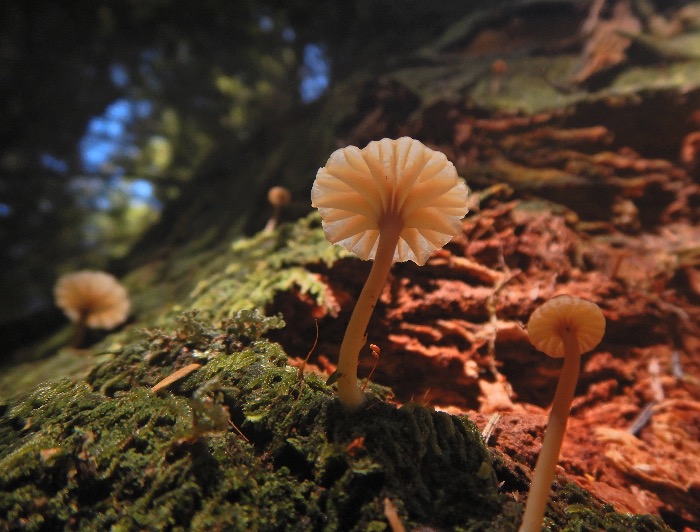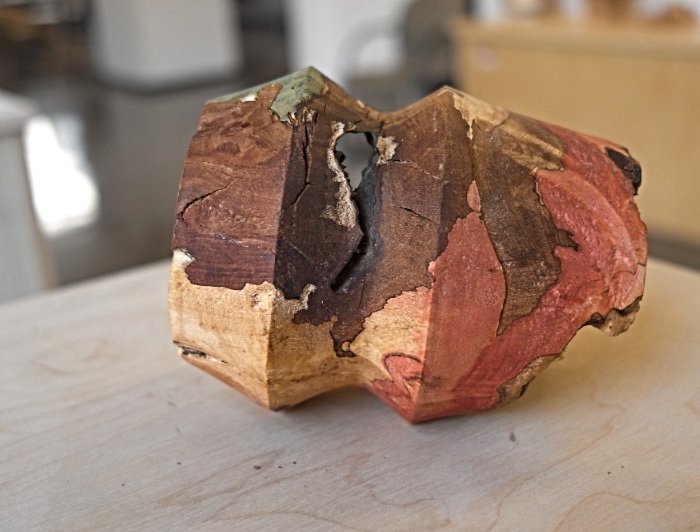College of the Arts researcher Luis Prato completed his research residency in the Department of Wood Science and Engineering at Oregon State University. There he worked in a laboratory specializing in obtaining dyes from fungi and in a workshop for wood turning techniques during the decomposition process.
There was a milestone in the career of the art school professor Luis Prato. In 2018, he was invited to participate in a workshop in… Austral University of ChileIn Valdivia, “Contemporary Uses of Wood: Mushroom Staining in the Color Process”Taught by an Oregon State University professor and bio-artist, Siri Robinson. Surrounded by craftsmen, forest engineers and forest scientists, the academic felt the need to return to this material, which he had used in the origins of his work as a sculptor.
With this goal in mind, Luis Prato undertook an academic residency in Oregon State University Department of Wood Science and Engineering. “Here we have the conviction that a forest engineer will perform better in the field of knowledge he decides to have, if he has aesthetic experiences in creating with wood, both in the field of design and in the field of artistic creativity,” I explain.

Why choose forest architecture and not design or create art directly in wood?
“My interest in going into forestry engineering was”I want to be in an environment where wood is thought of from a completely different perspective. Where I can recognize an aspect of wood unknown to me, which is related to decomposition processes. For us, in Chile, decaying wood is not even useful for firewood. On an industrial, commercial and technical level, we all love the knot-free, hopefully perfect, wood with its growth footprint intact, from the oldest tree, but, What do you do with useless wood?. So what about fungi that paint the wood in a way and at a time that I can't control? Well, this science part is what I went to Oregon to learn, which is… How can I grow mushrooms in wood or in a substrate from which I can release these pigments.
Specifically, the academic refers to SplatlingIt is a fungal staining technique that infects wood with different colors and textures. “Understanding what fungi do to wood is not just a fact,” he says, “it is understanding processes that inform us about other ways of being in the world, other agencies that do not depend on what I say or imagine or what I can imagine.” Luis Prato.
During his stay he also made a workshop in turning. “The lathe is almost a specialty parallel to carpentry (…) What happens here is that working on the lathe requires physical learning that other tools do not require,” he explains about the need for specific training in this profession.
Other ways to denote wood






